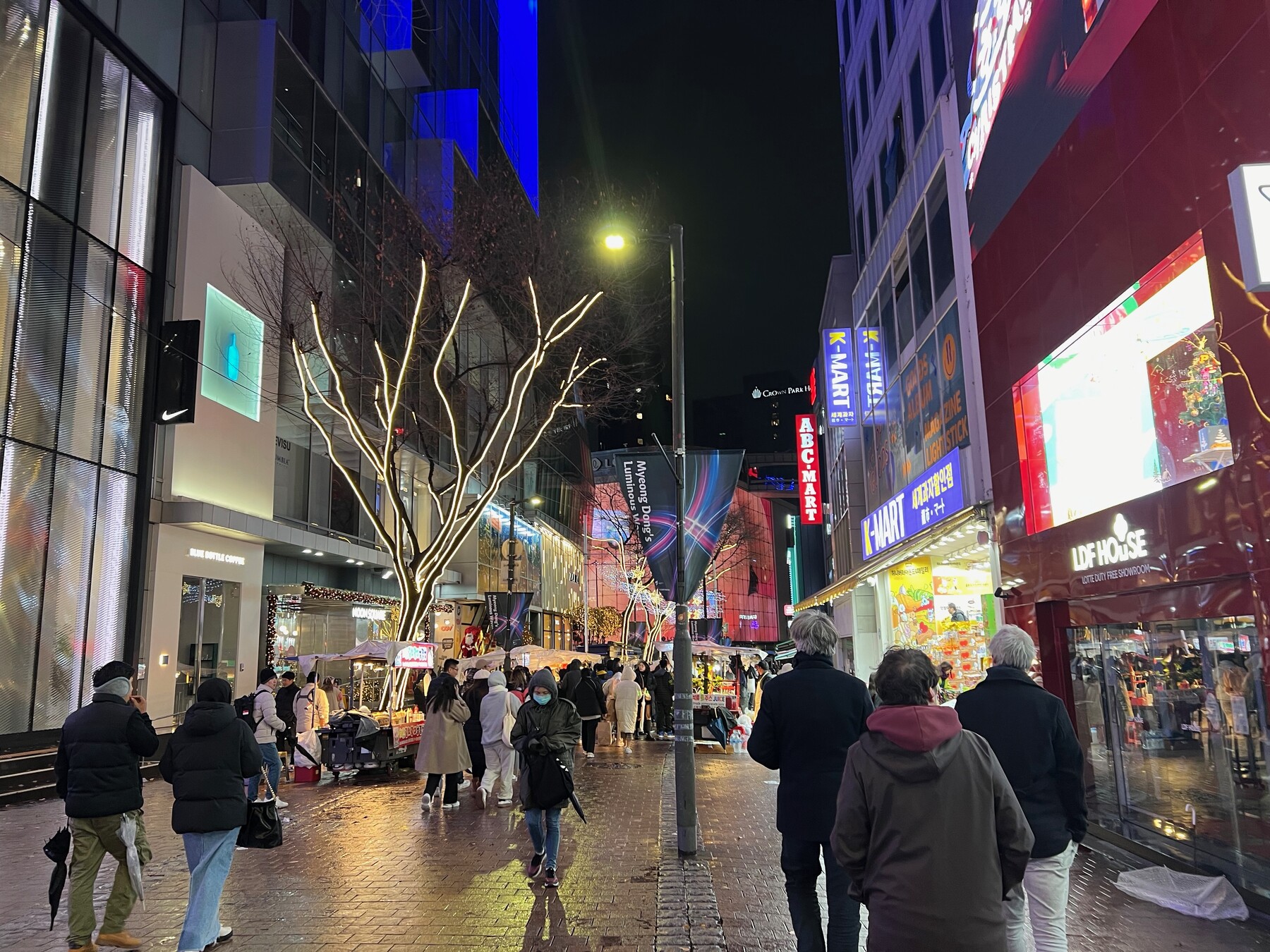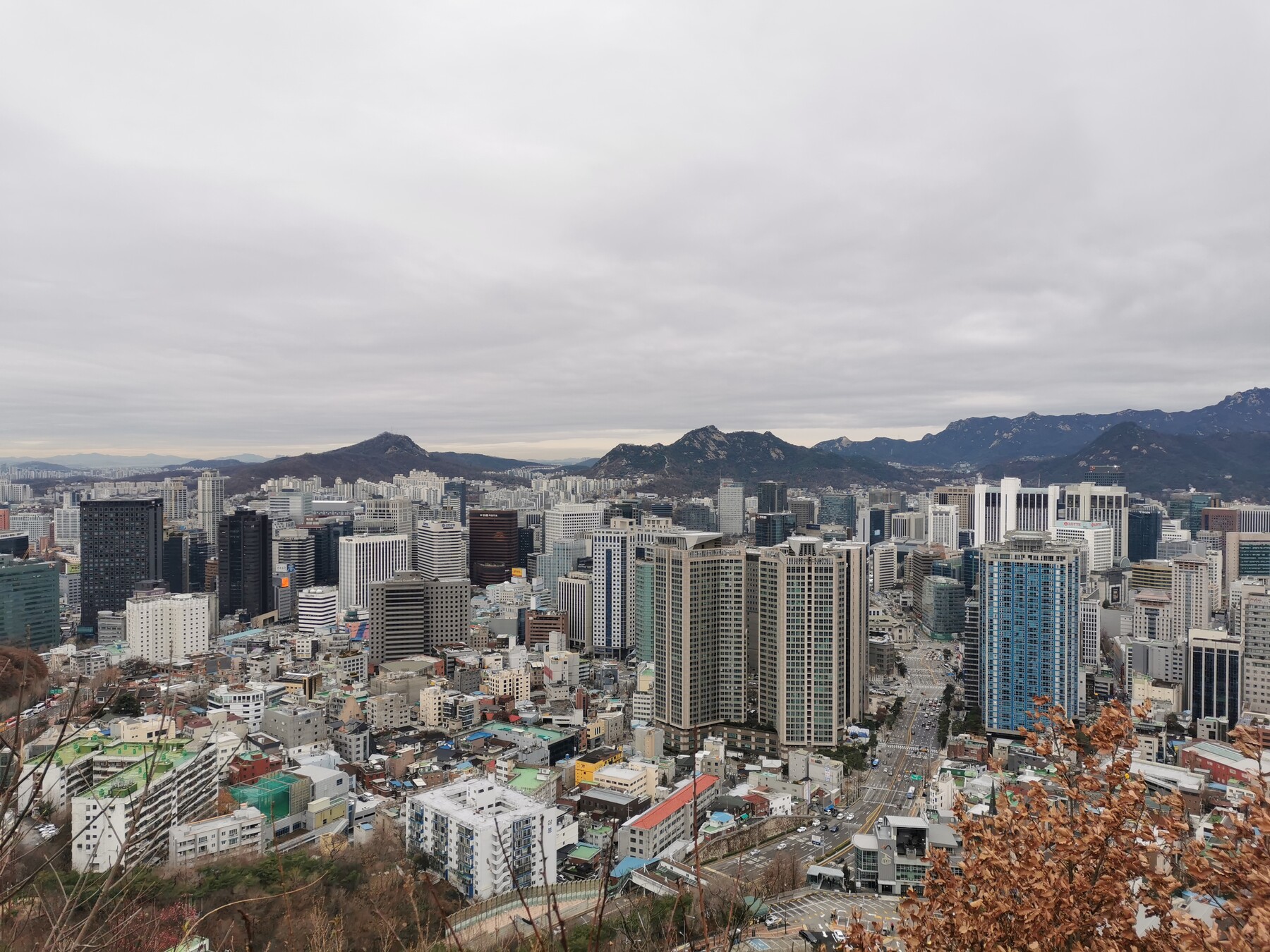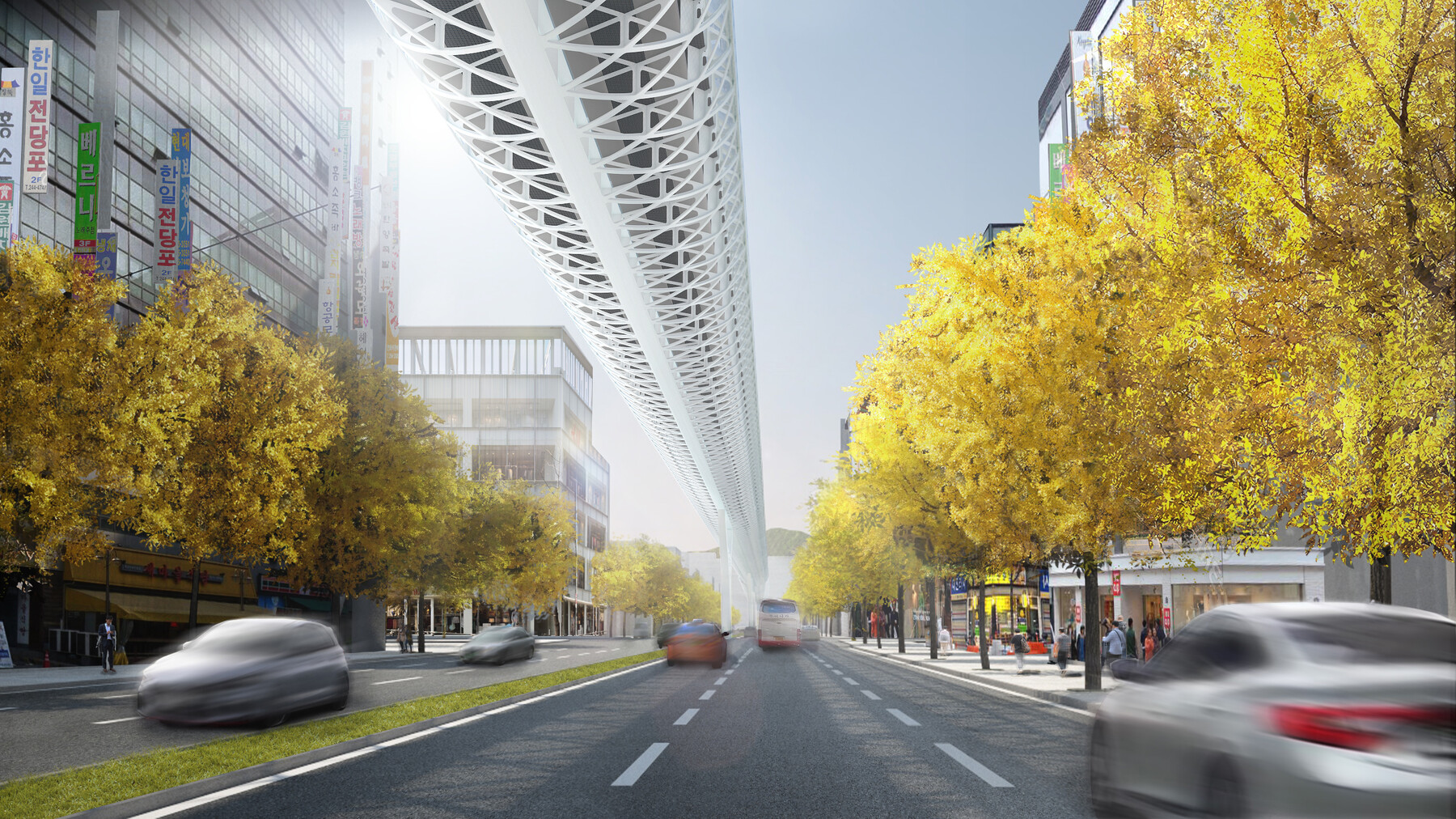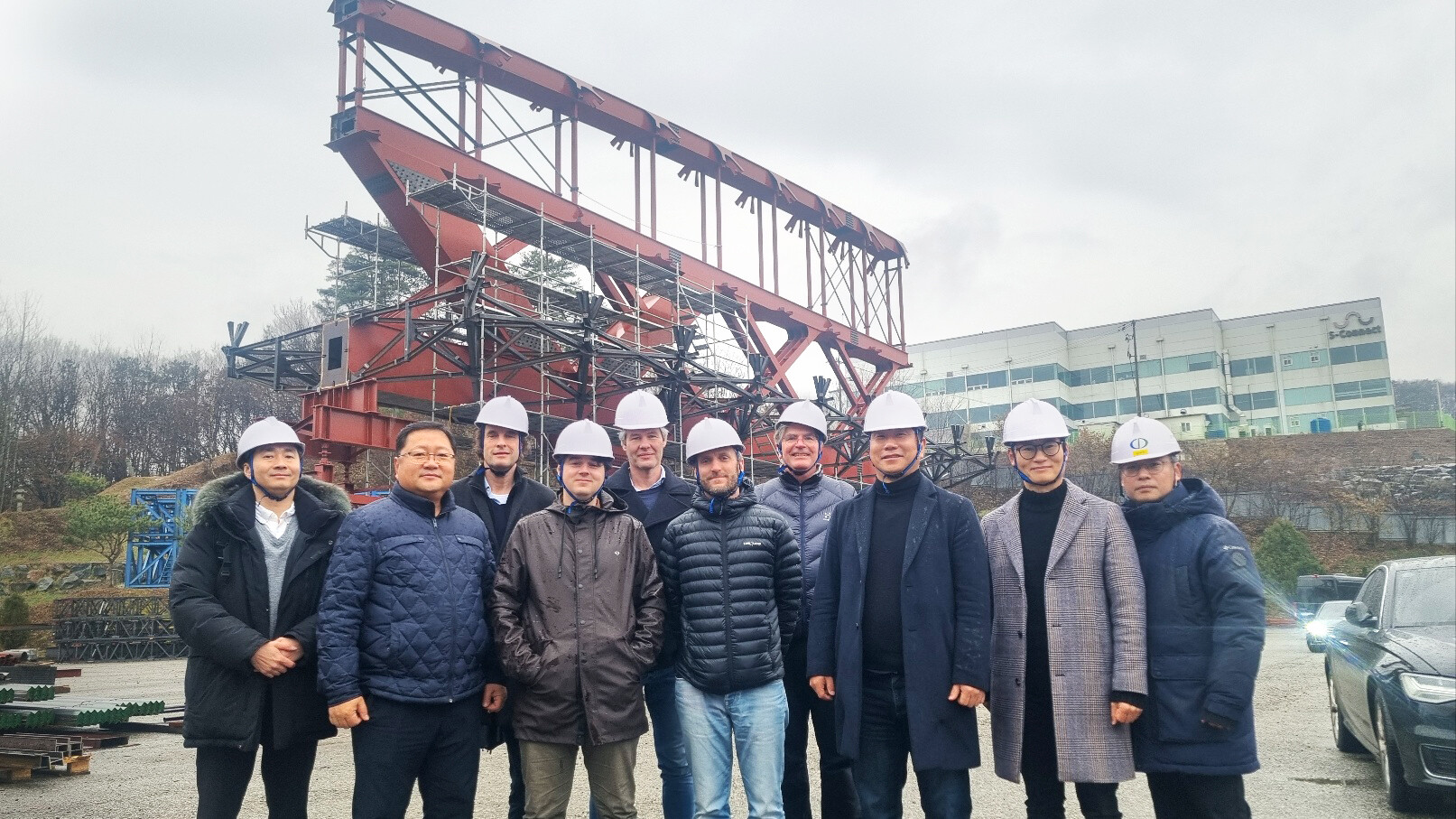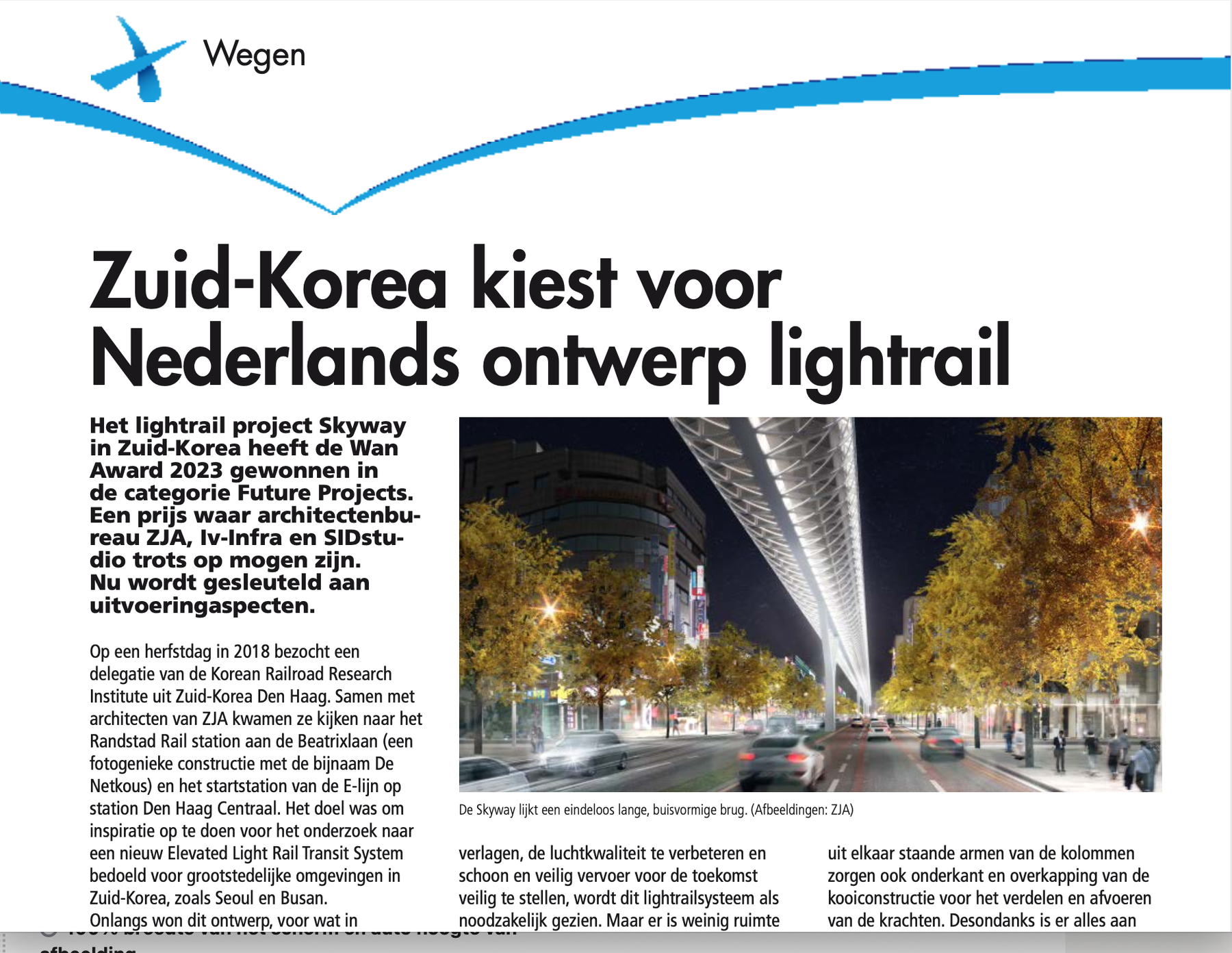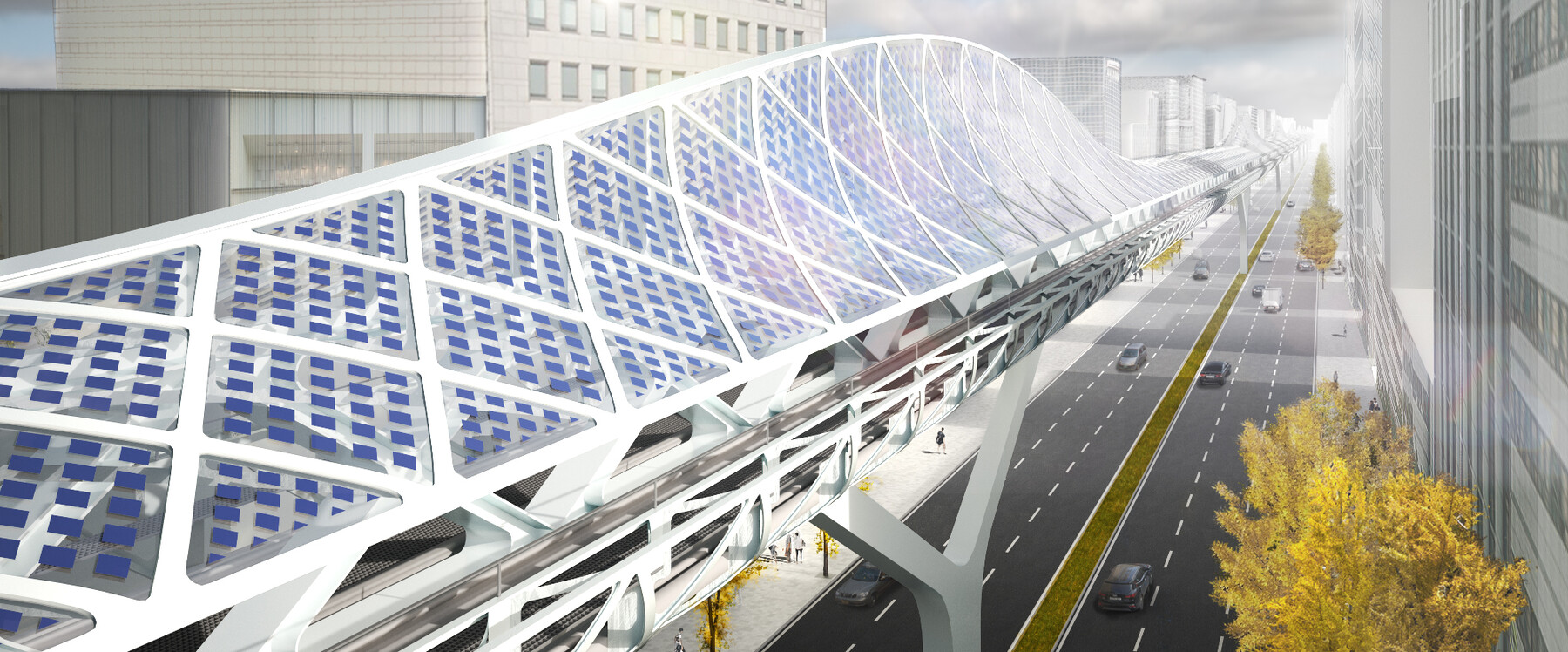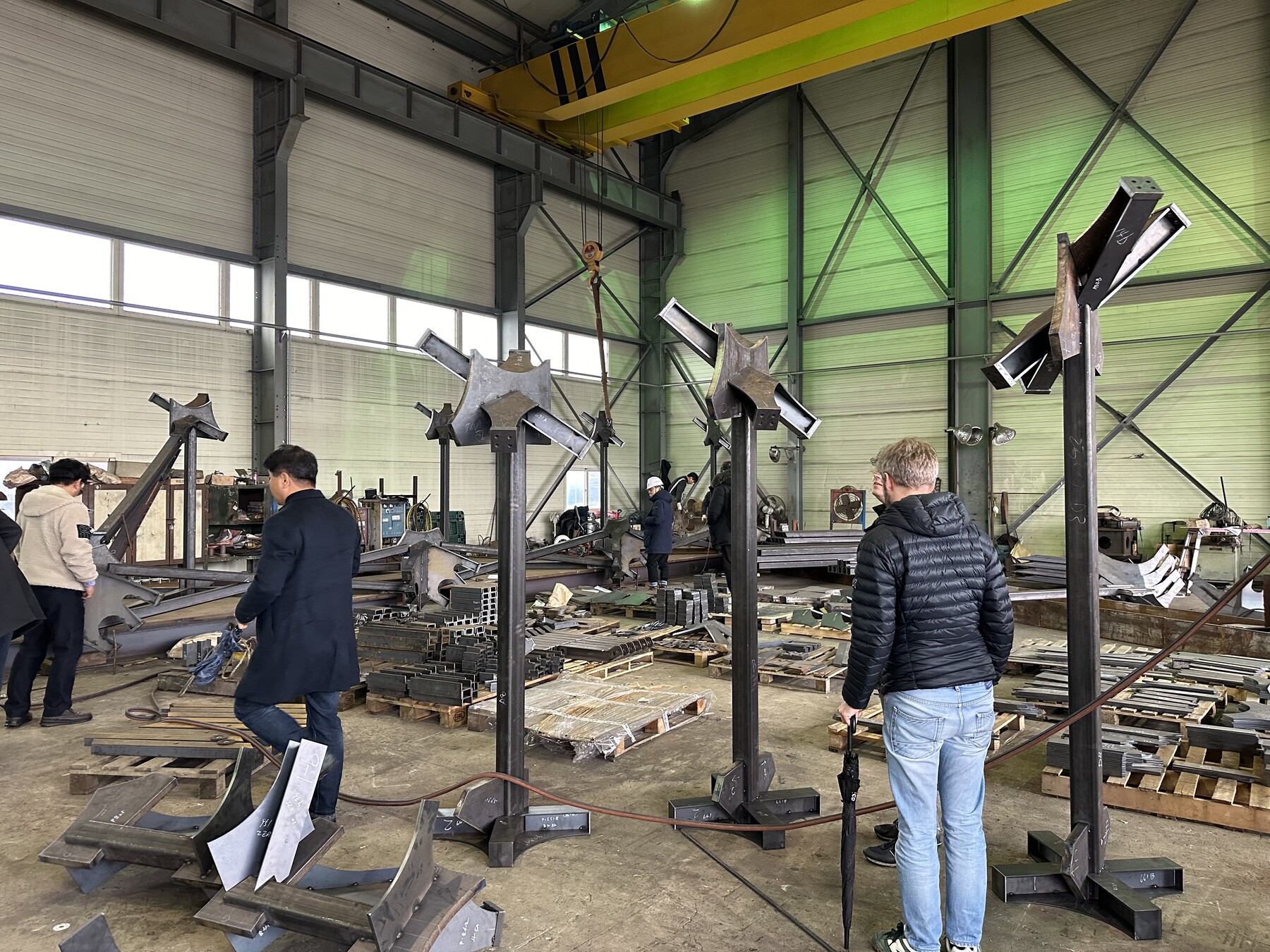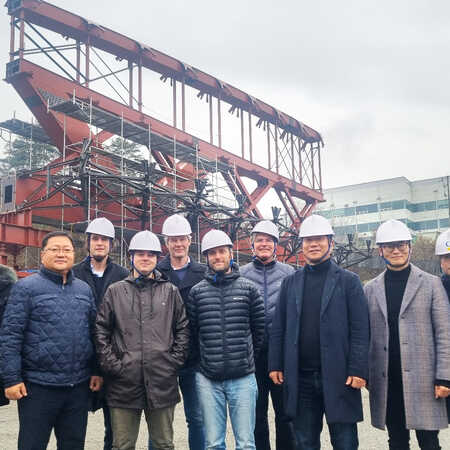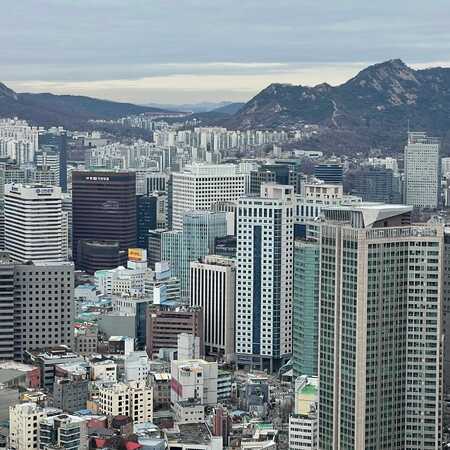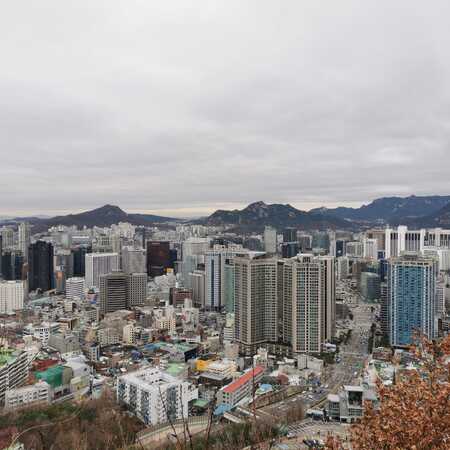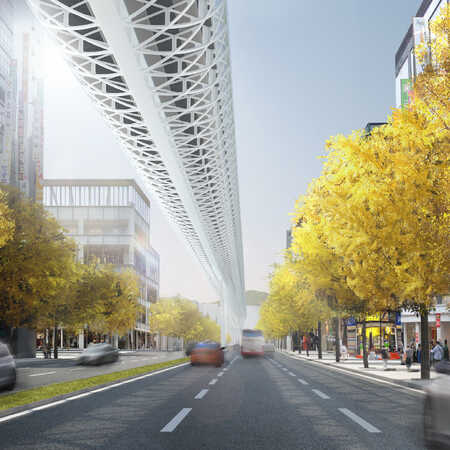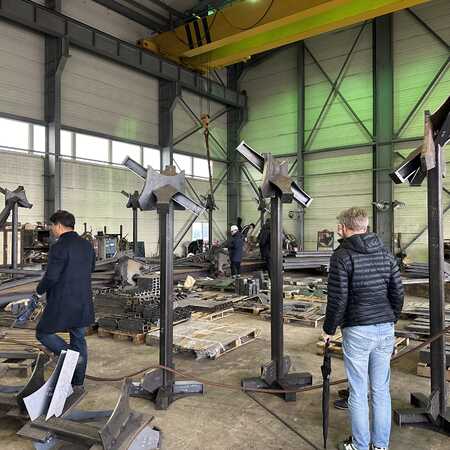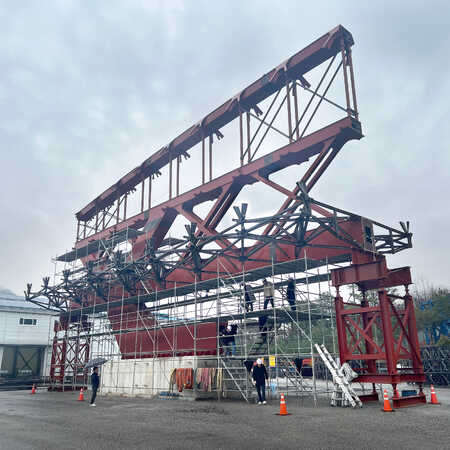Ralph Cloot Shao (computational design specialist at ZJA): “Impressive, that was our visit to South Korea. The smells, the colors. But also all those people, surrounded by a huge amount of traffic and tall buildings. From Namsan, the South Mountain, you could see how densely built the city of Seoul is, with a thick layer of smog. Equally impressive was seeing the mock-up of the ELRT in real life. I could easily imagine how our Elevated Light Rail Transit system would flow through the city at great heights, thereby making a significant contribution to a cleaner, greener, and more livable environment for residents and visitors.”
Conclusion of the ELRT research project
The research project of the ELRT began in 2018 with a visit from a delegation of the Korean Railroad Research Institute from South Korea to The Hague. Architects from ZJA guided the Koreans around the Randstad Rail station at Beatrixlaan and the Lightrailstation of the E-line at Den Haag Centraal station. The aim was to gain inspiration for the research into a new elevated Light Rail system for metropolitan environments in South Korea, such as Seoul and Busan.
More than five years later, a delegation from the Netherlands - Rob Torsing, Kay Oosterman, and Ralph Cloot Shao from ZJA, Arjan Habraken from SidStudio, and Pieter van Lierop from IV-infra - visited South Korea to conclude the research project with a final presentation. This trajectory resulted in an innovative structural concept of an elevated light rail system that allows for a maximum span of 200 meters while remaining extremely strong and dimensionally stable, and maintaining the view for passengers on one side.
Testing and construction
And it didn't stop there, a 40-meter-long full-scale test piece and several scale models have successfully passed the initial tests for stability, wind, and earthquake resistance, and recently the second full-scale mock-up was completed in South Korea. Although at ‘half height’, 7.5 meters instead of 15, it's still a very impressive structure. A test track of 800 meters is still on the horizon.
Extensive article in Land+Water
Whether the ELRT concept will ever be realized remains to be seen in the future. In an extensive article by writer Dirk van Weelden for Land+Water, the possibilities and challenges of the system are discussed.
Finally, the question remains whether the system would be applicable in the Netherlands as well. Curious about the answer?
Read the entire article here.
Rob Torsing (architect-partner ZJA): “Now that the research phase is completed, the real puzzle begins. Because the construction with so many different connections is quite complex, we will consider whether certain nodes can be cast instead of welded. Because you can design parametrically, but it must be affordable to build. Without losing the soul of the design. I hope that by the time the official tender for the project is published, we will also find a solution for that."
Gallery
Related
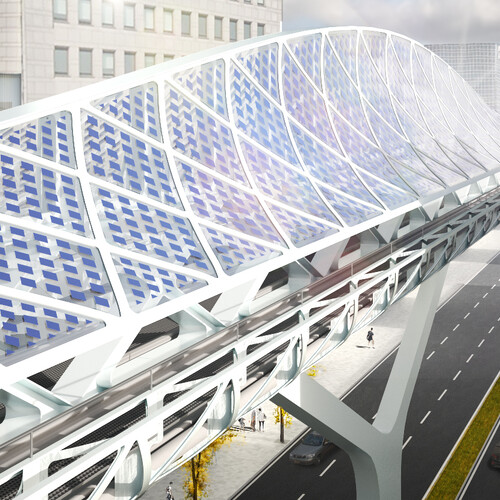
Elevated Lightrail System, South Korea
Innovative transport system improves public space
In the fall of 2018 the architectural studio ZJA welcomed a delegation of South Korean researchers, engineers and contractors that the…
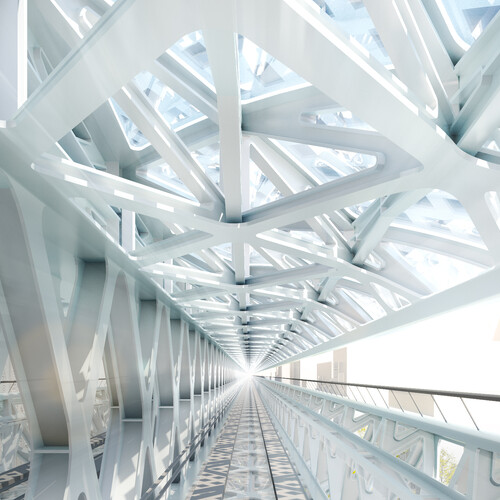
Innovative Light Rail System passes its first tests
The innovative construction concept for a new Light Rail System, for which architectural studio ZJA, Woosung D&C, C&SC, GS E&C, SIDstudio…
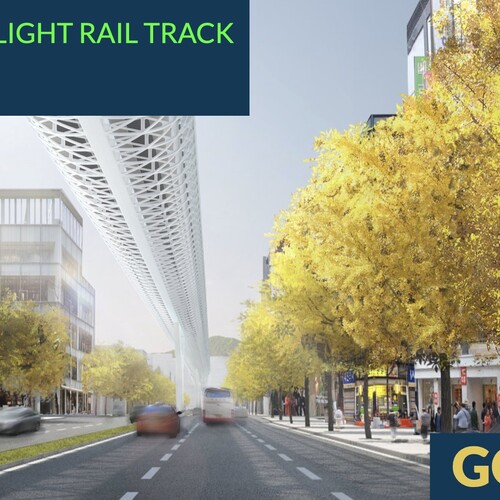
Elevated Light Rail Transit wins WAN Award 2023
Our innovative concept for an Elevated Light Rail Transit system (ELRT) in South-Korea has now won the prestigious international WAN Awards!

Computational design
Designing with the help of computer technologie
ZJA has worked with computational design right from the start and our architectural studio has always continued to develop in this field.
